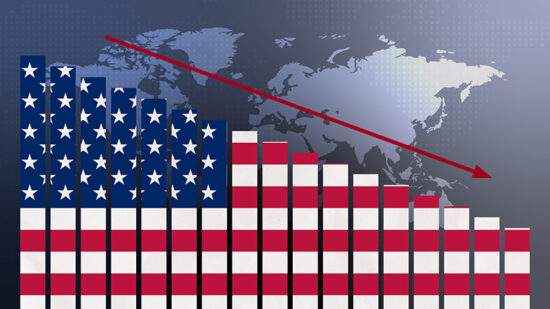UK retirees have flocked into drawdown to take advantage of the 25% tax free cash lump sum but are neglecting the remaining pot of money, leaving them at risk of running out of funds in future.
There are potentially more than 115,000 consumers who have moved their pensions into invest-and-drawdown but are in the dark about how it works, according to Zurich.
Research from the insurer found than 44% of people surveyed who have gone into drawdown – but not yet retired – have left the 75% balance “untouched and unchanged” until they start taking a pension.
“After triggering drawdown, consumers need to monitor and adjust their portfolio to ensure market movements don’t leave them exposed to too little or too much investment risk – yet many are planning to leave their pot dormant until they retire,” warned Zurich’s head of retail platform strategy, Alistair Wilson.
“Drawdown gives people much greater freedom and flexibility in retirement, but it doesn’t run on autopilot. With no one at the controls, there is a danger tens of thousands of people could see their pensions veer off course.”
Big jolts required
This message was echoed by Canada Life, which found that stock markets would need to shift considerably in one day before a significant proportion of drawdown investors would be worried enough to consider moving their money.
In fact, the insurer’s research suggests that 33% of those surveyed are prepared to weather any and all storms and not make any changes to their portfolio – no matter how much the stock market fell in one day.
For the remaining two-thirds, a one-day drop of 7.5% – which is effectively a mini market crash – would be the trigger for them to review their investment strategies and change their asset allocations.
But the two extremes come with a range of risks.
Holding firm against shocks
“The majority of drawdown investors show they will remain remarkably resilient in times of stock market volatility and global economic uncertainty. Far from knee-jerk reactions to the latest breaking macroeconomic news, our research suggests most people using drawdown to fund their retirements are sensibly taking a longer-term view,” said Andrew Tully, Canada Life technical director.
But taking a longer-term view can mean that those in drawdown risk falling into the zombie trap, while those taking a short-term, more reactive, view risk losing out when markets recover if they shift their investments into cash or other assets.
Professional help
To combat this, both insurers emphasised the importance of seeking advice.
Canada Life compared the responses of DIY investors during a sharp market downturn with those who have an adviser relationship. It found that those taking advice were most likely to switch their asset allocations in the event of a major market shift.

Tully added: “As people move into retirement, it can become increasingly tempting to adopt a risk-averse stance and reduce exposure to stock markets. With global markets fairly volatile and continuing Brexit uncertainty, consumers will likely see cash as the safe haven in an increasingly blustery storm.
“But cash also carries its own risks, that being inflation and historical low interest rates, so settling for such poor yields exposes a pension pot in real terms.
“Making rash investment decisions without a plan can be wrought with danger. Seeking the help of a professional financial adviser can not only help consumers make proper informed decisions around retirement but can also ease the worry in turbulent times,” Tully said.
Wilson concurred: “Taking a small amount of time to regularly review your investment portfolio, and seeking financial advice or guidance, can help ensure your pension remains on track until you need to draw an income from it.”








